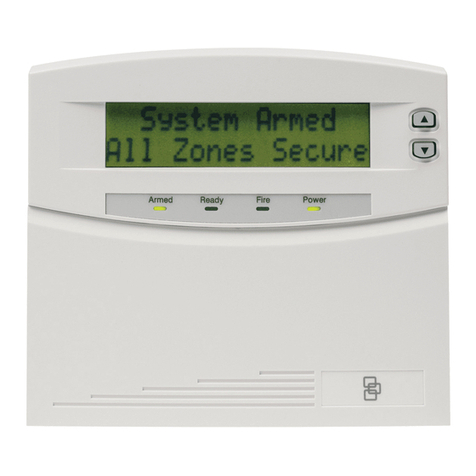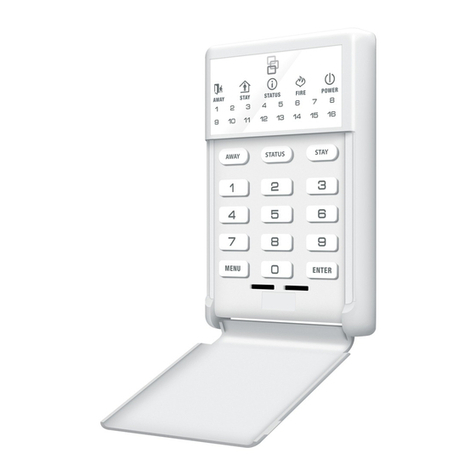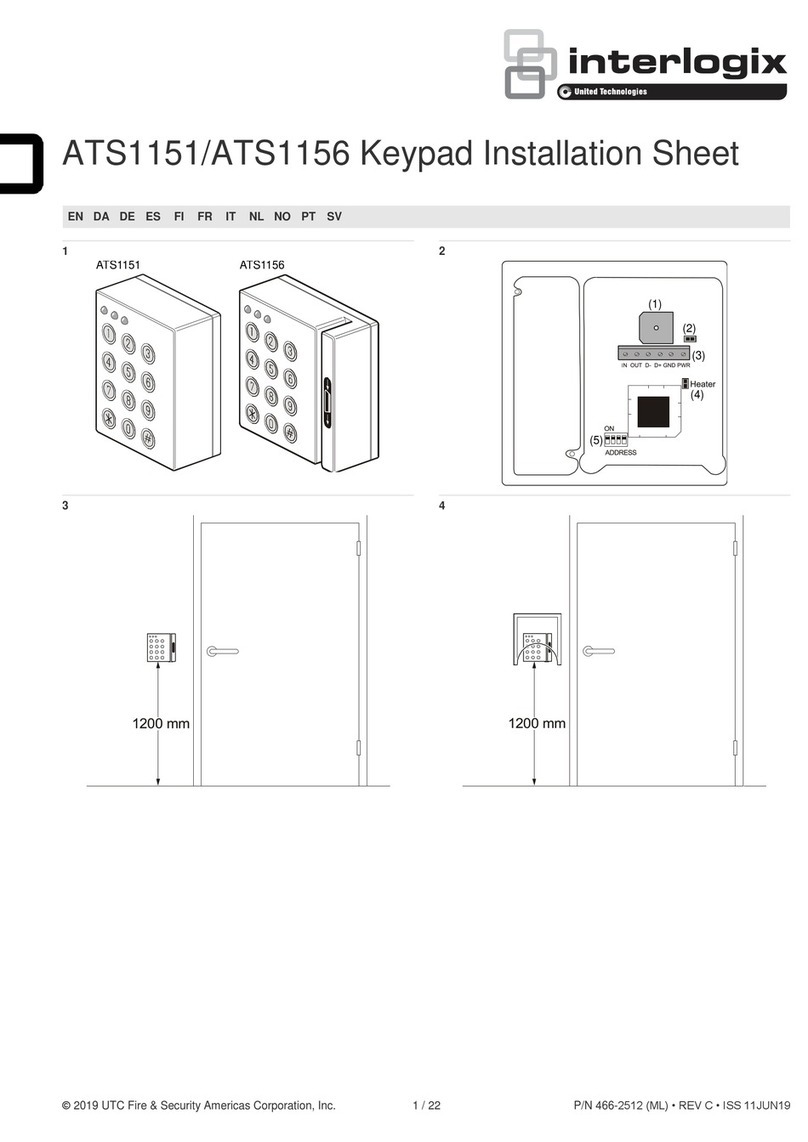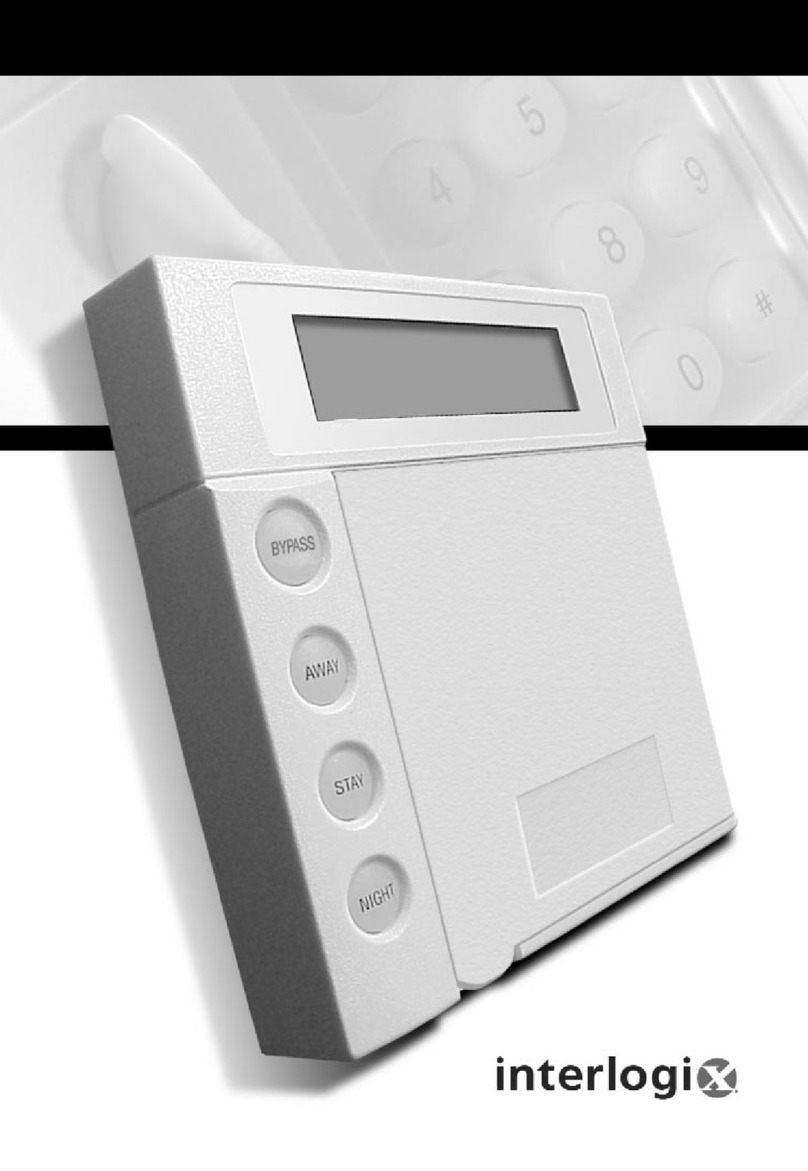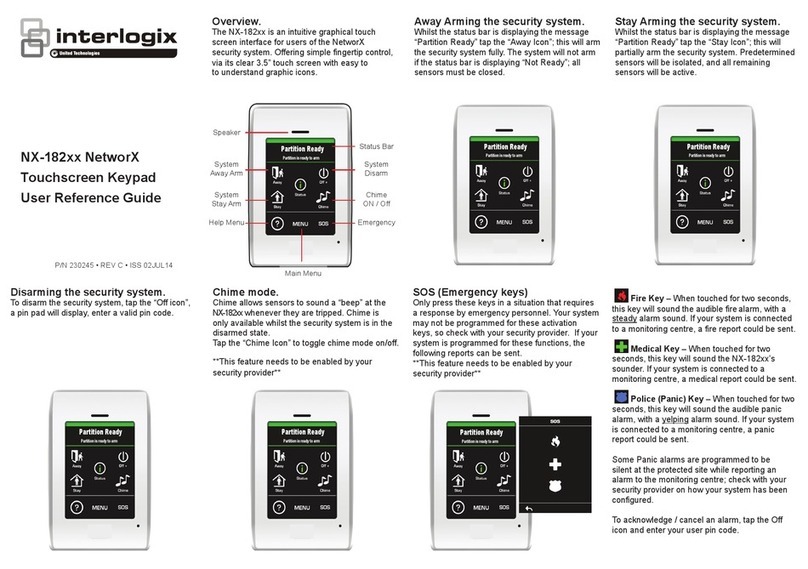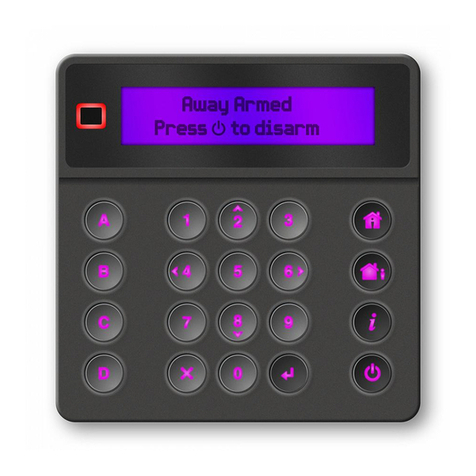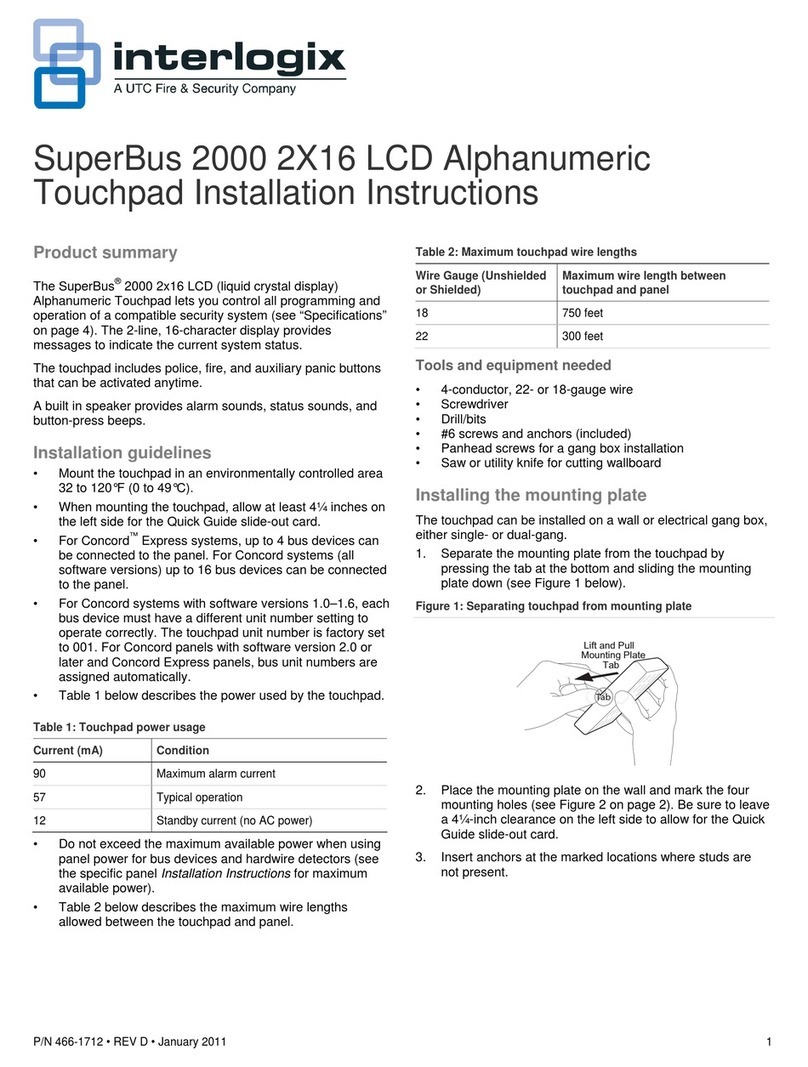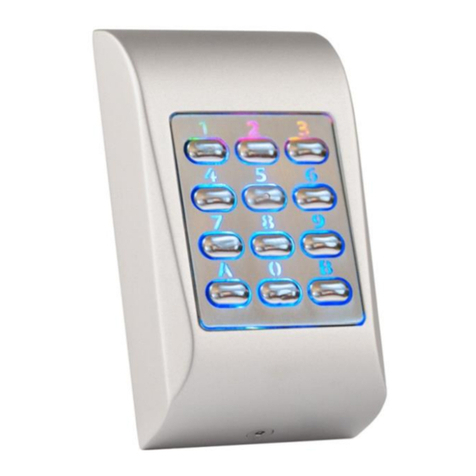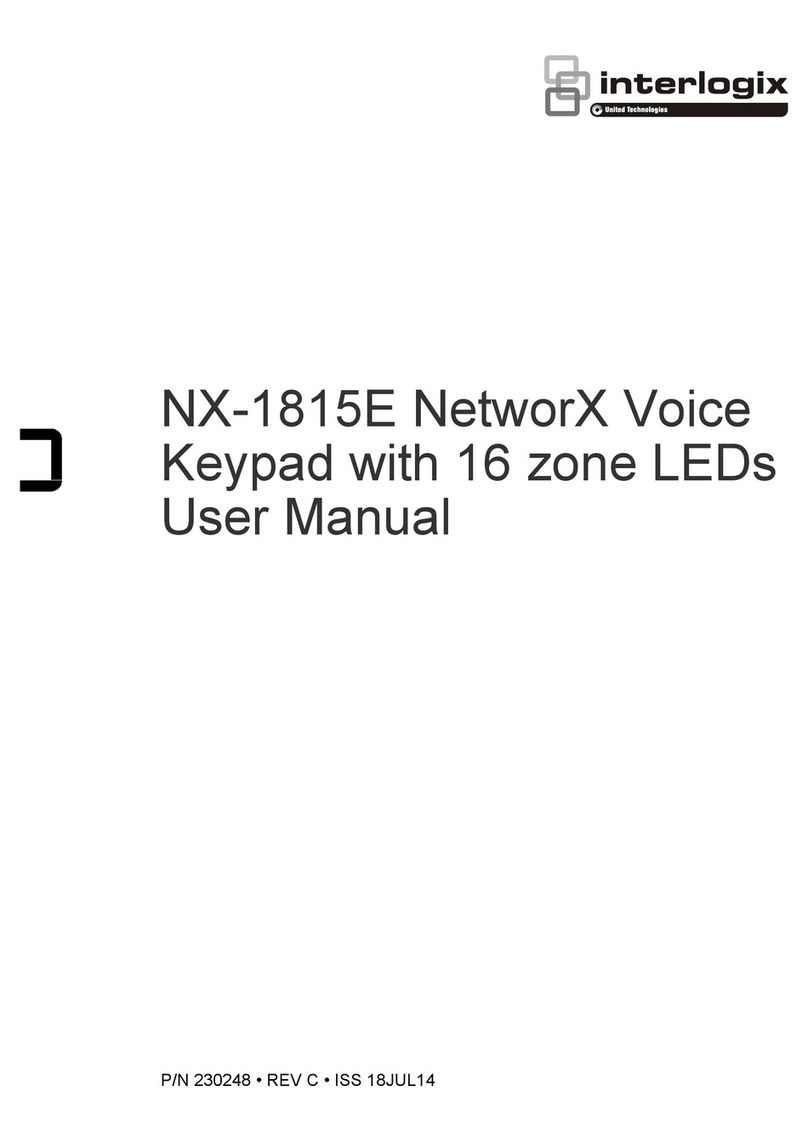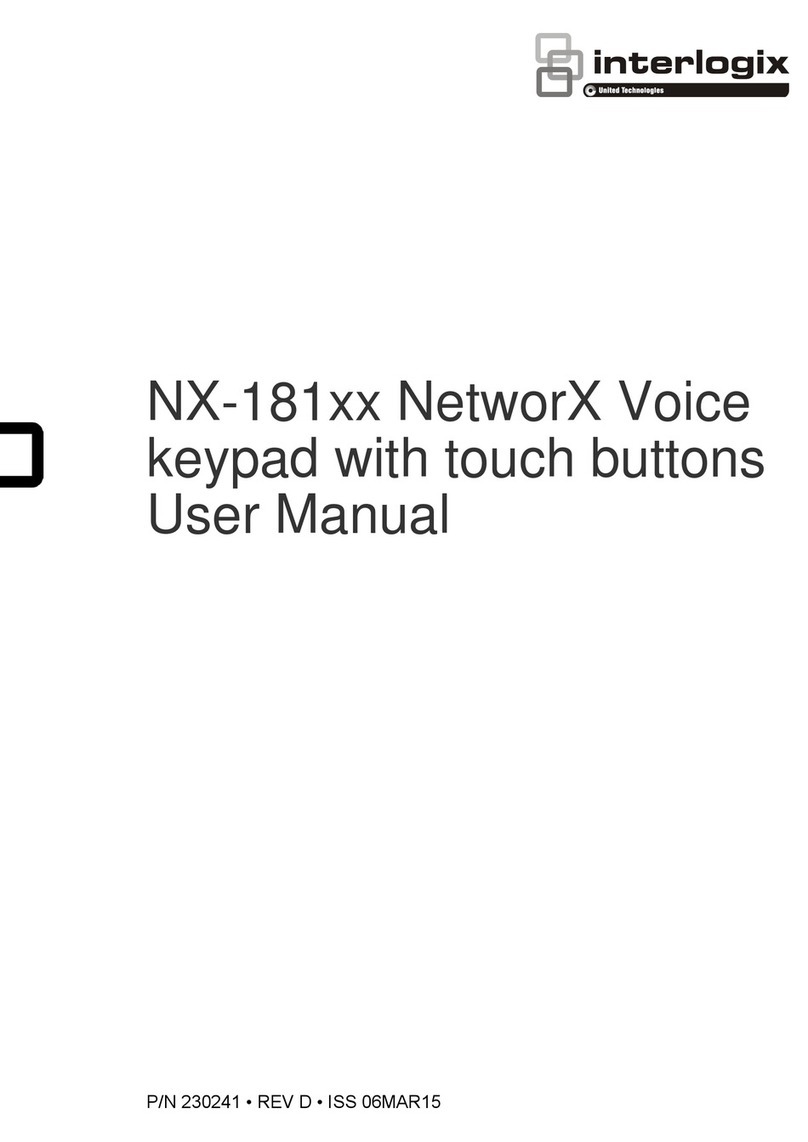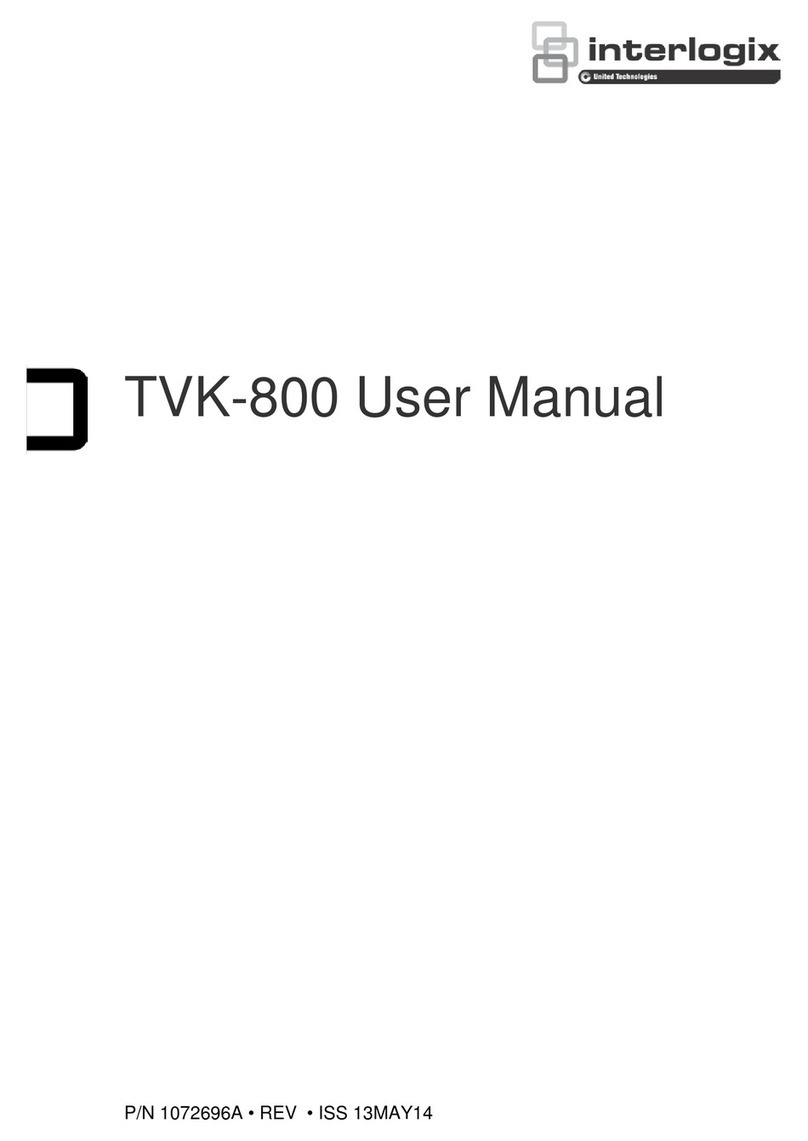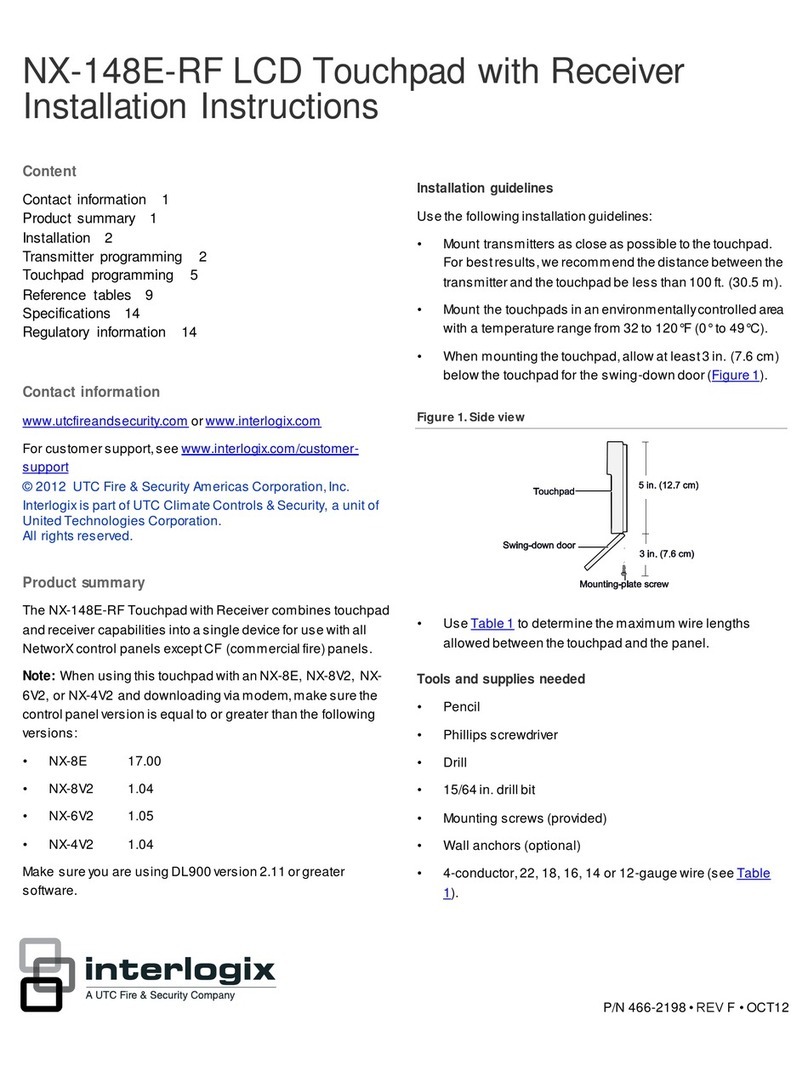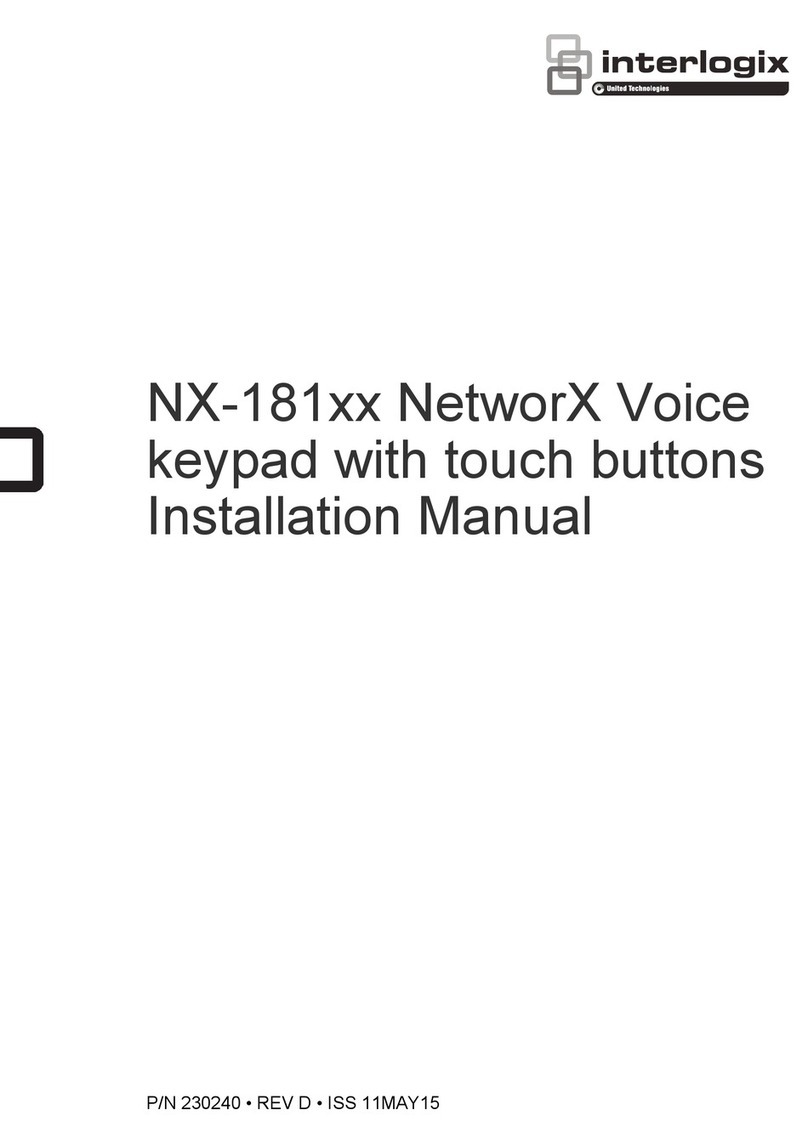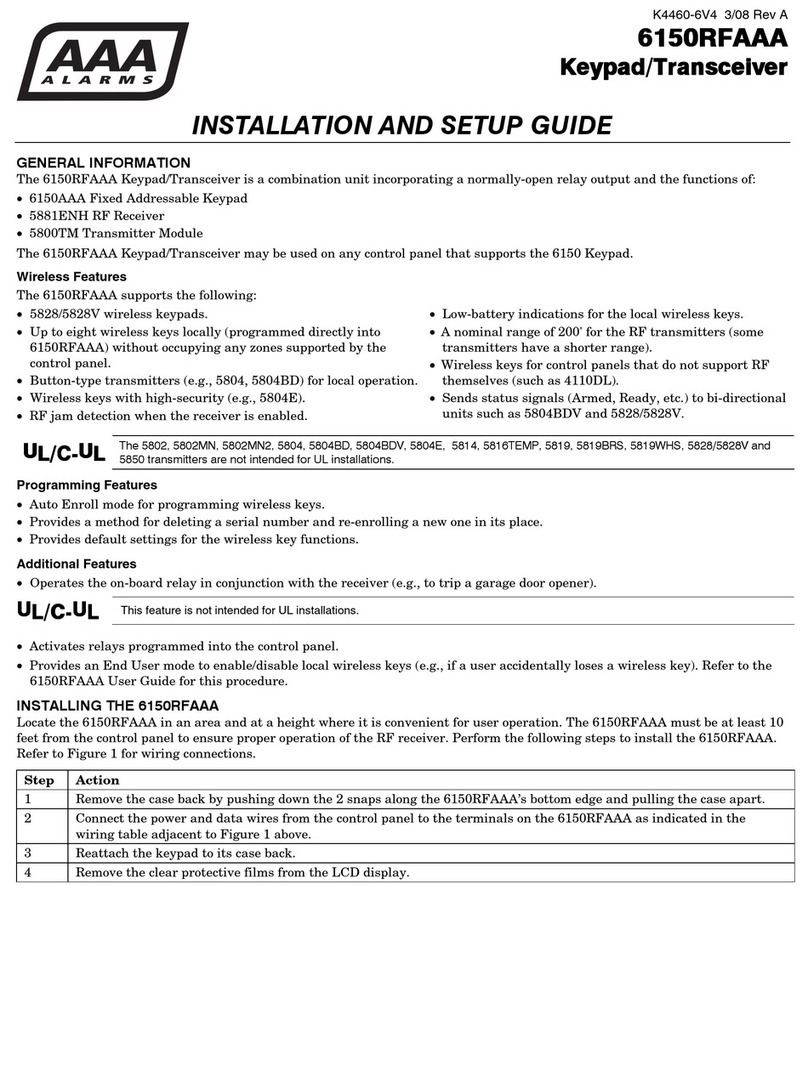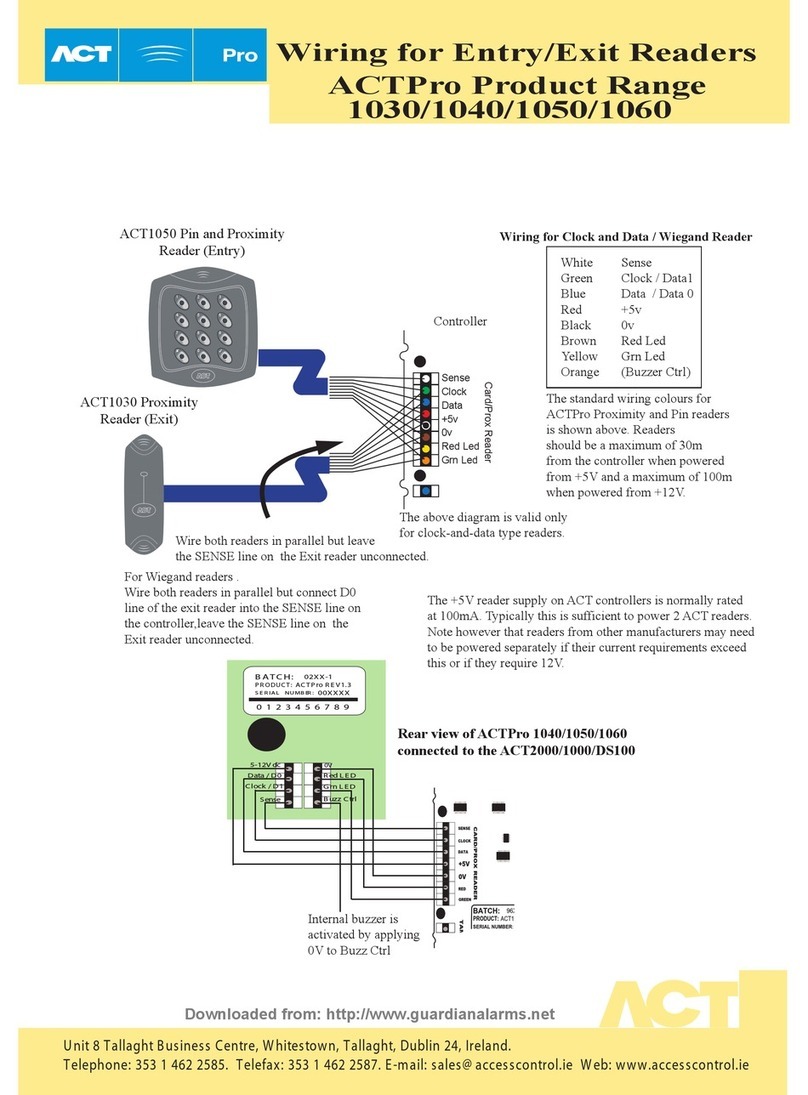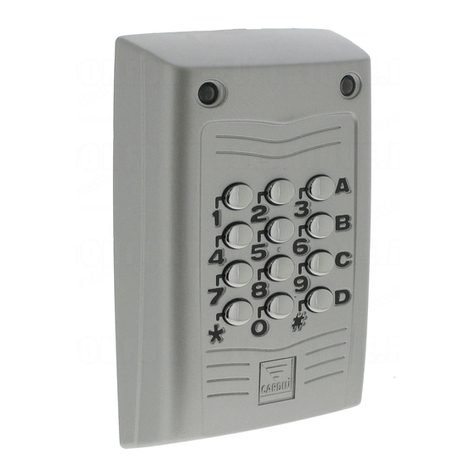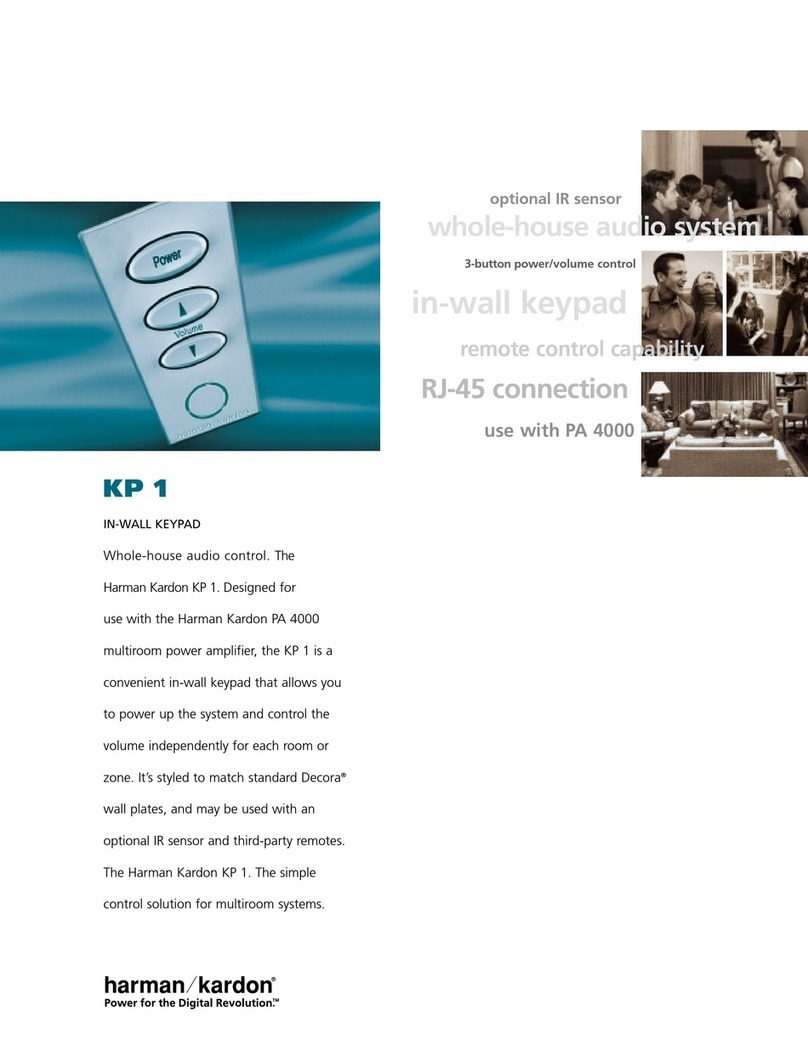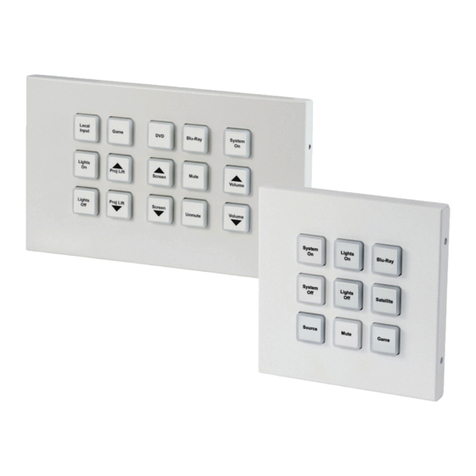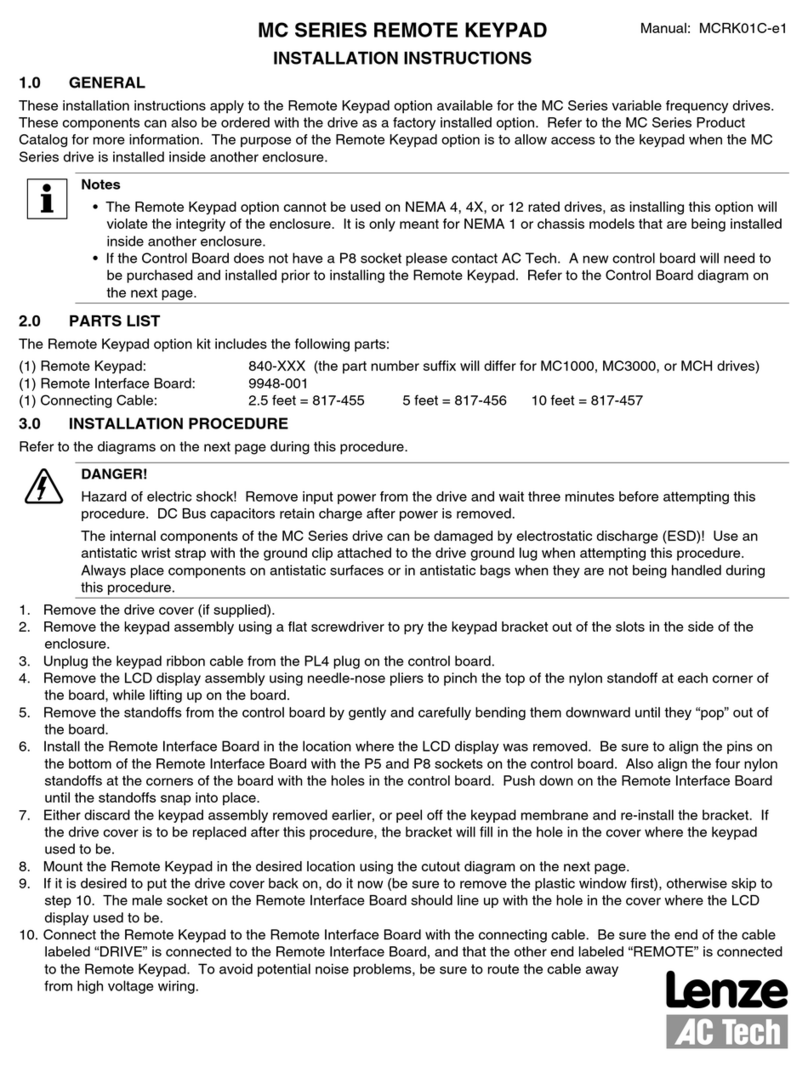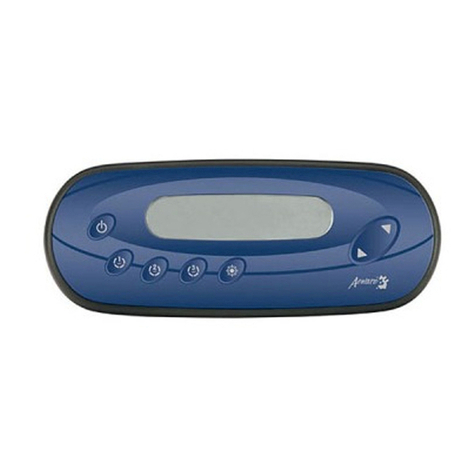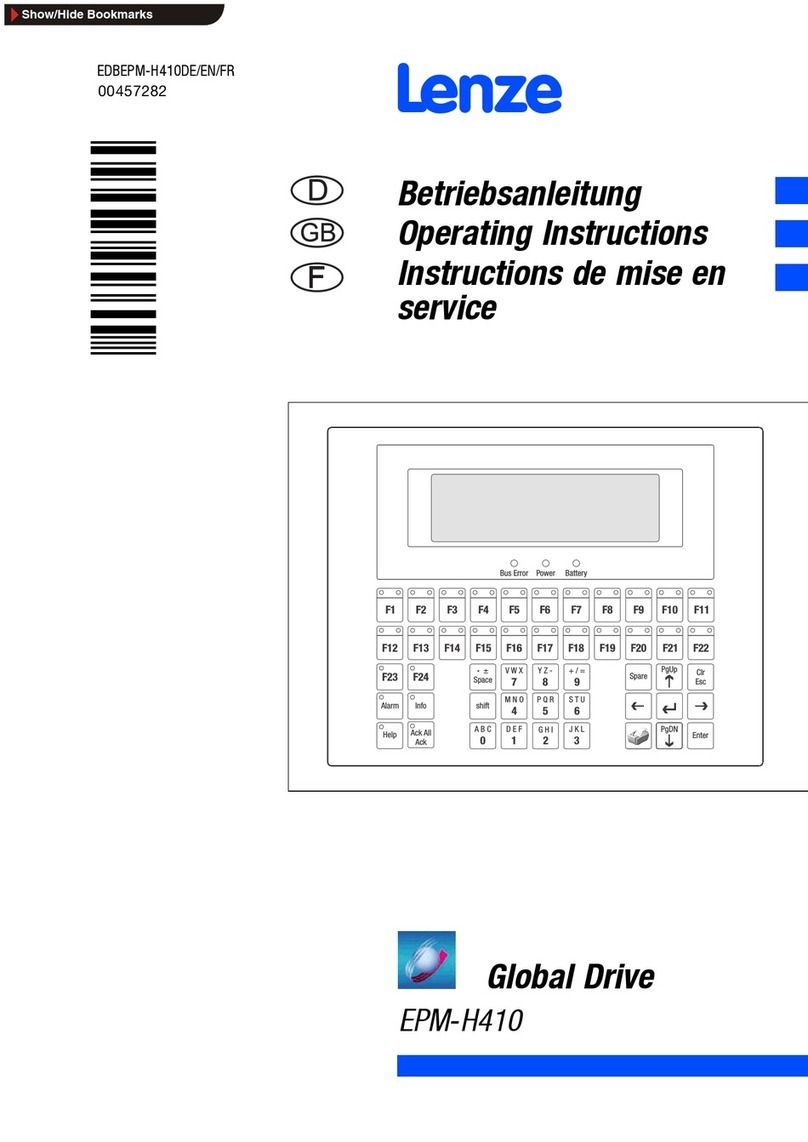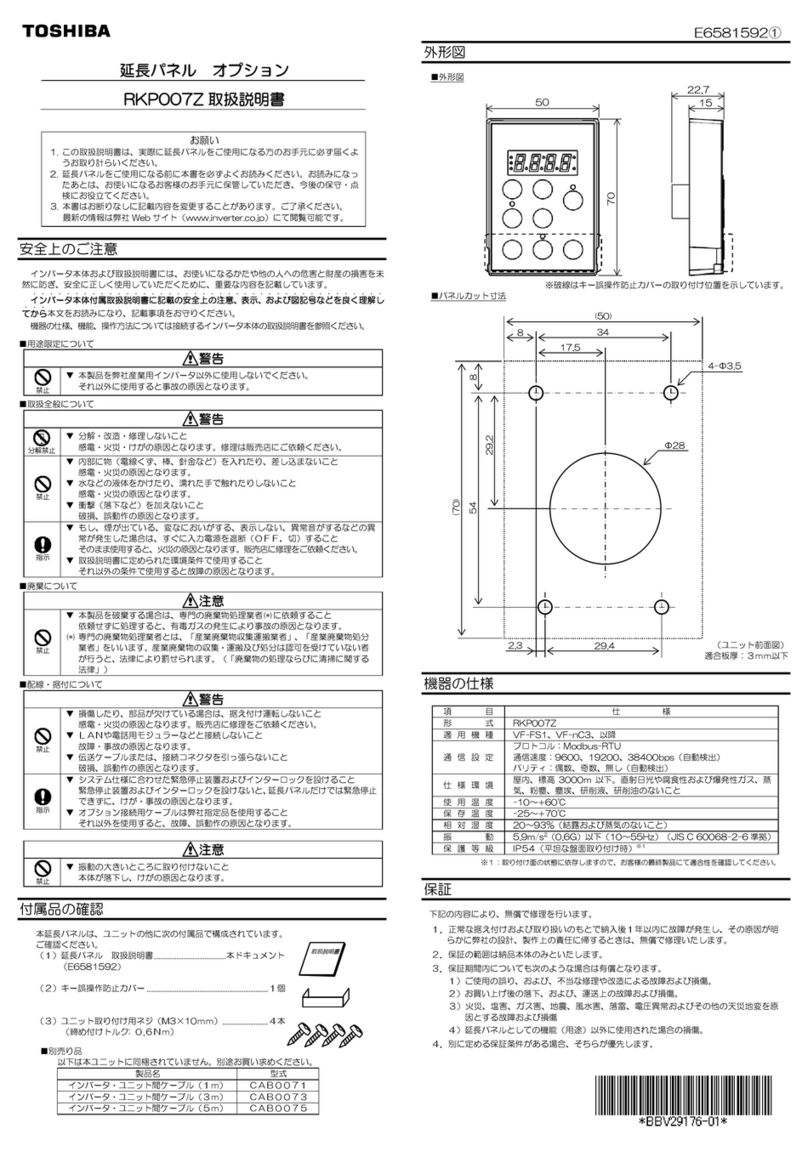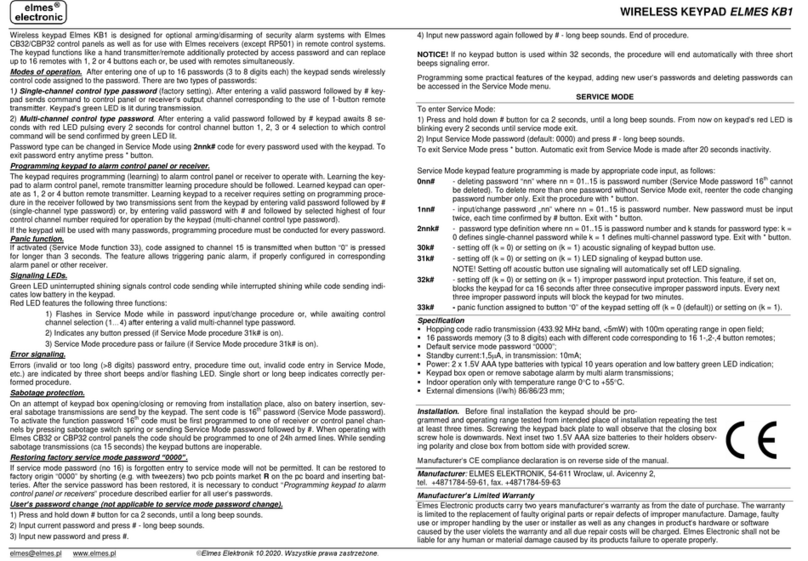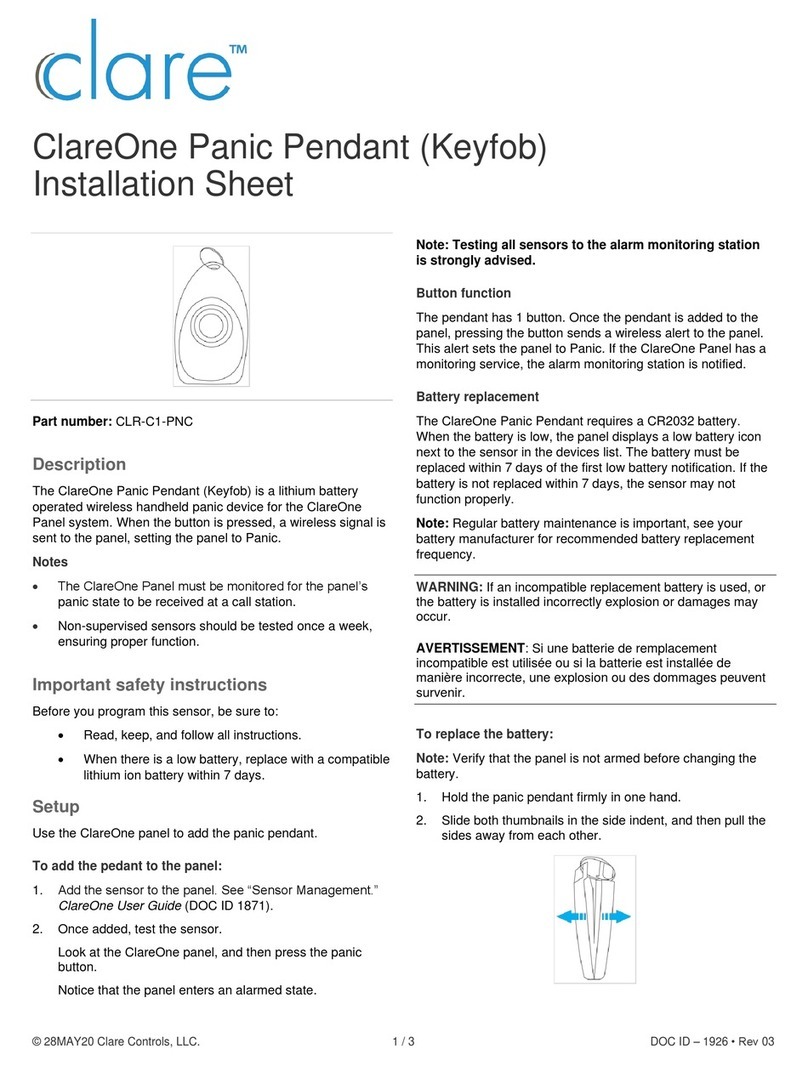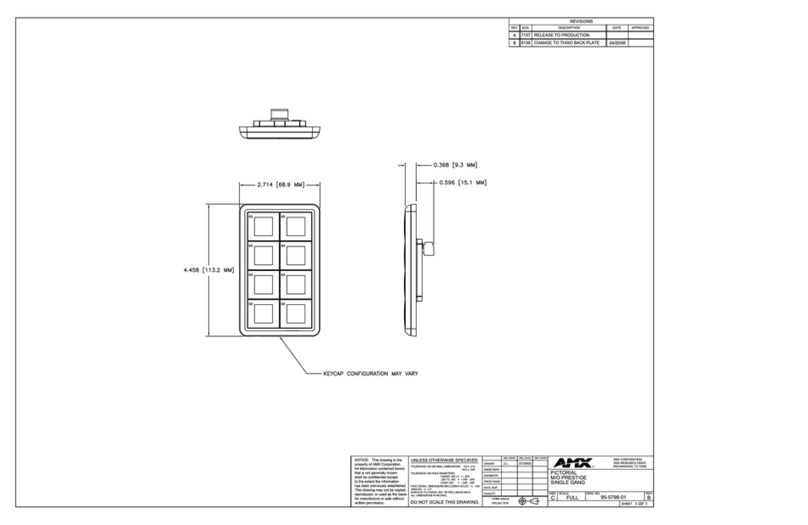
2
THIS MANUAL IS FURNISHED TO HELP YOU UNDERSTAND YOURSECURITY SYSTEM
AND BECOME PROFICIENT IN ITS OPERATION. ALL USERS OF YOUR SECURITY
SYSTEM SHOULD READ AND FOLLOW THE INSTRUCTIONS AND PRECAUTIONS IN
THIS BOOKLET. FAILURETO DO SO COULD RESULT IN THESECURITY SYSTEM NOT
WORKING PROPERLY. THIS BOOKLET SHOULD BE KEPT IN AN ACCESSIBLE
LOCATION FOR THE LIFE OF THE SECURITY SYSTEM. IF YOUDO NOT UNDERSTAND
ANY PART OF THIS MANUAL YOU SHOULDNOTIFY YOUR INSTALLING COMPANY.
The SECURITY CONTROL can be turned on (ARMED) and off (DISARMED) by entering a 4
or 6 digit code into the Keypad Control, which is similar to a telephone keypad. If your
Security Control has been so programmed, you may be able to turn on (ARM) your
System by simply pressing the [STAY] or [EXIT] key. The system must always be
disarmed using a 4 or 6 digit code. The LEDkeypad includes up to 35 lights and a built-in
electronic sounder. These provide specific information relating to the status of the
security system which is described in the booklet. Understanding what the lights and
sounds mean will help you to easily operate your system.
READ THE ENTIRE MANUAL AND, IF POSSIBLE, PRACTICE ON THE KEYPAD
CONTROL WHILEYOURPROFESSIONAL INSTALLERIS ON SITE.
KEEP IN MIND, THE LEVEL OF SECURITY YOU WILL OBTAIN WITH THIS SYSTEM
RELATES SPECIFICALLY WITHTWOMAJOR FACTORS:
1. The quantity, quality, and placement of security devices attached to this system.
2. The knowledge you have of the security system and how that knowledge is
utilized in a weekly test of the complete system.
YOU SHOULD BE AWARE OF THE FOLLOWING FACTS WHEN PREPARING A
SAFETY/SECURITY PLAN FOR YOURHOME/BUSINESS.
Your security system is an electronic device and is subject to failure or malfunction.
Do not rely on it as your single source of security.
Your systemshould be tested weekly.
Your systemwill not work without power.
Warning devices will need to be loud enough, wired correctly, and properly placed
to provide notification of an alarmevent.
Smoke and heat detectors may not detect heat and smoke in all situations.
Use qualified security professionals to install and maintain your security system.
It may be possible to armthe security systemwithout the backup battery connected.
Your periodic test should be done with A.C. Power removed to verify the battery is
connected and adequately charged.
Care should be taken to plug in and restrain the A.C. Transformer after testing.
PLEASE READ THE FOLLOWING INFORMATION AND INSTRUCTIONS CAREFULLY
BEFORE OPERATING YOUR SECURITY CONTROL SYSTEM. IF YOU DO NOT
UNDERSTAND ANY PORTION OF THIS MANUAL, OR IF YOU HAVE ANY QUESTIONS
ABOUT YOUR SYSTEM, CONTACT THE INSTALLING COMPANY LISTED ON PAGE 1
OF THIS BOOKLET.
